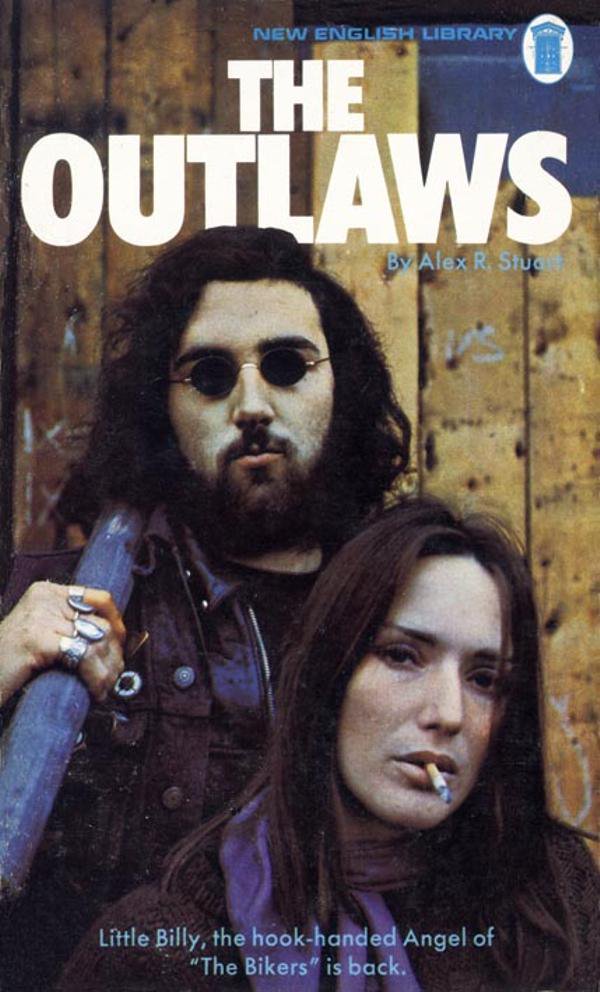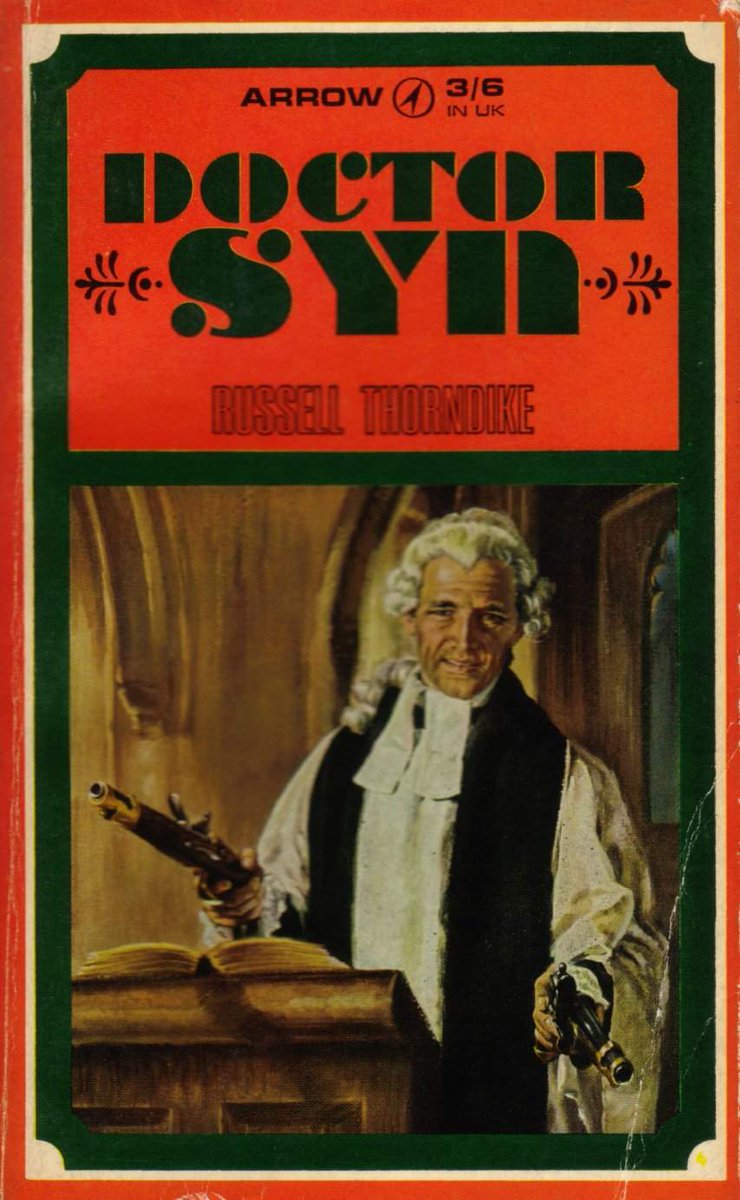The Cha Cha (or Cha Cha Chá if you're feeling energetic) was the Cuban-inspired dance that caught the world's imagination in the mid 1950s. We were Cha Cha Crazy for it! 

Taking its cue from the Mambo, the Cha Cha was a slightly more relaxed affair: slower and less syncopated. 

It's name comes from the shuffling sound of the feet as they dance the last three steps: one-two-cha-cha-cha! 

However the Cha Cha is anything but a simple dance: hot hop action and a lightness of step is needed to master it. 

Enrique Jorrin was the father of the Cha Cha, and in 1953 he and the Orquesta America released the first recorded compositions. The sound swept Cuba, then Mexico and then the world. 

Cha Cha fever led to a range of 1950s albums trying to cash in on the new scene. Some took it seriously... 

Cha Cha is still popular in competition ballroom dancing, though the range of steps required is not something I'll ever master!
Sadly the Cha Cha was overshadowed in 1962 by the Twist, and soon it faded from popularity. It was what your parents did at weddings to show off, not what the young folks wanted to strut 'in da club.' 

But latin dancing will never die, and wherever people gather to drink mojitos, wear slit skirts and listen to good music the Cha Cha will always be there.
Enrique Jorrin - pulp salutes you!
Enrique Jorrin - pulp salutes you!

(Pulp tip: always wear stockings when dancing. It stops you overheating #truedat) 

• • •
Missing some Tweet in this thread? You can try to
force a refresh



























